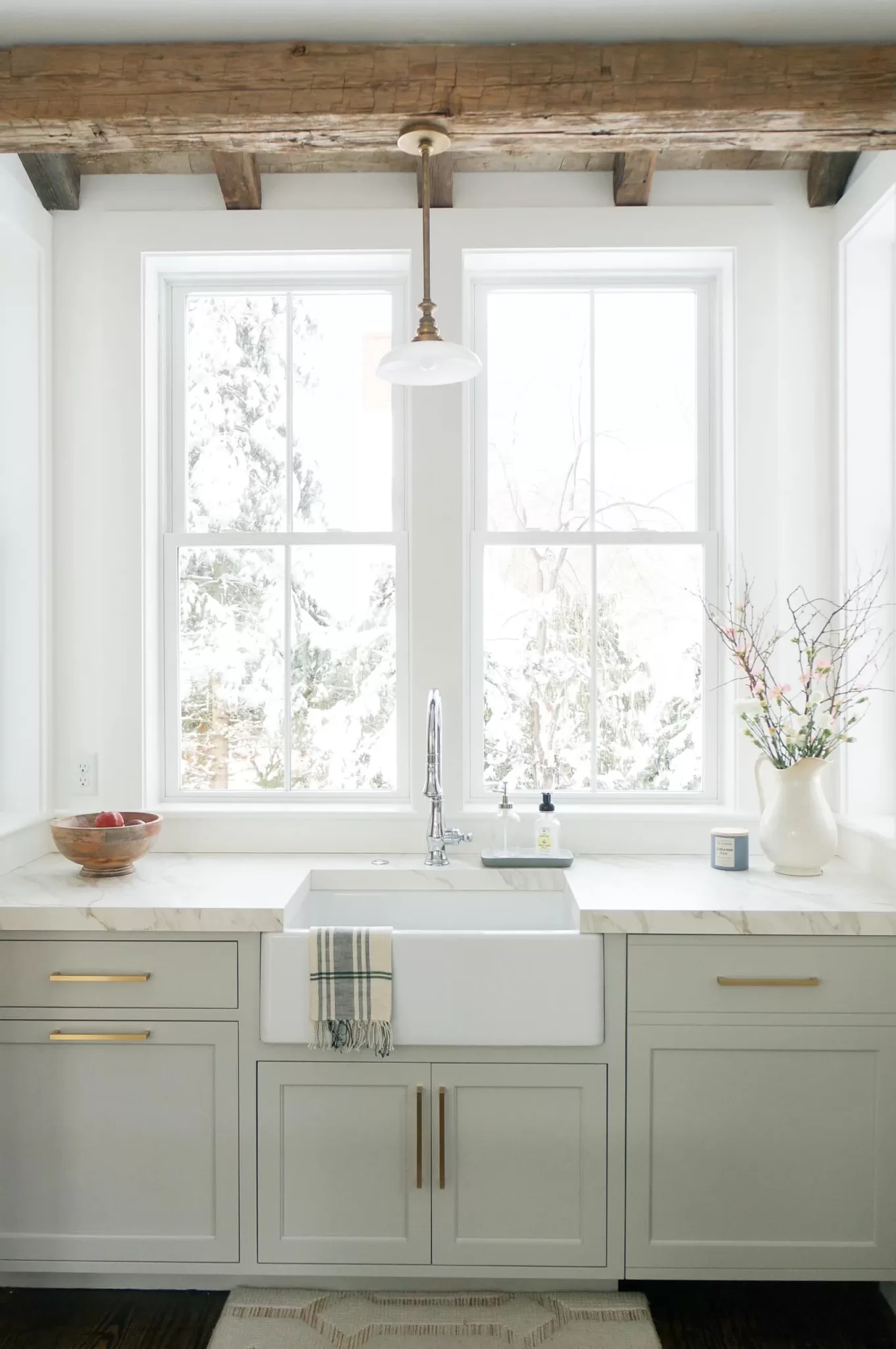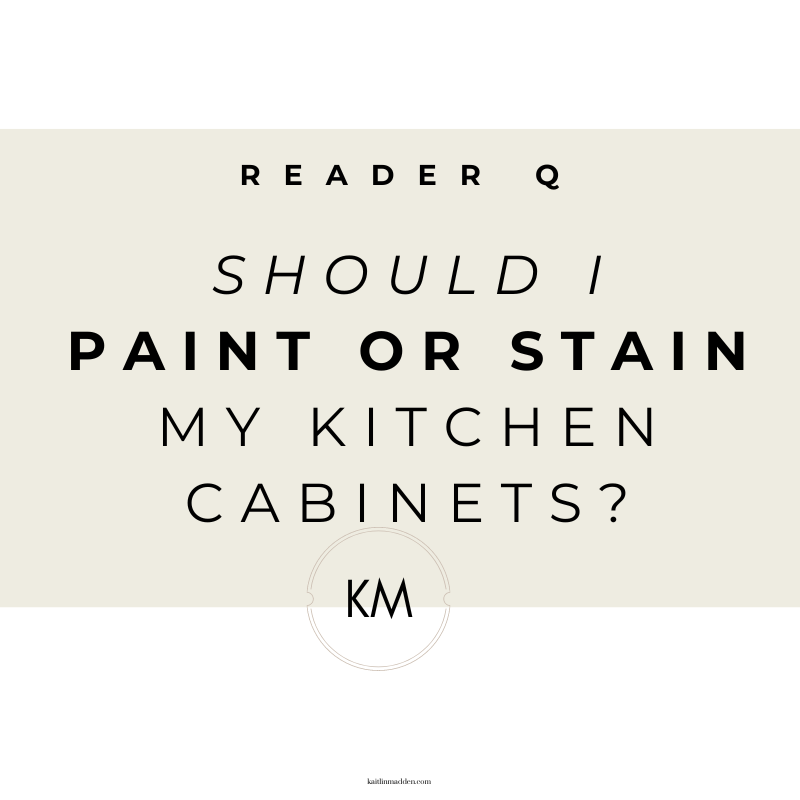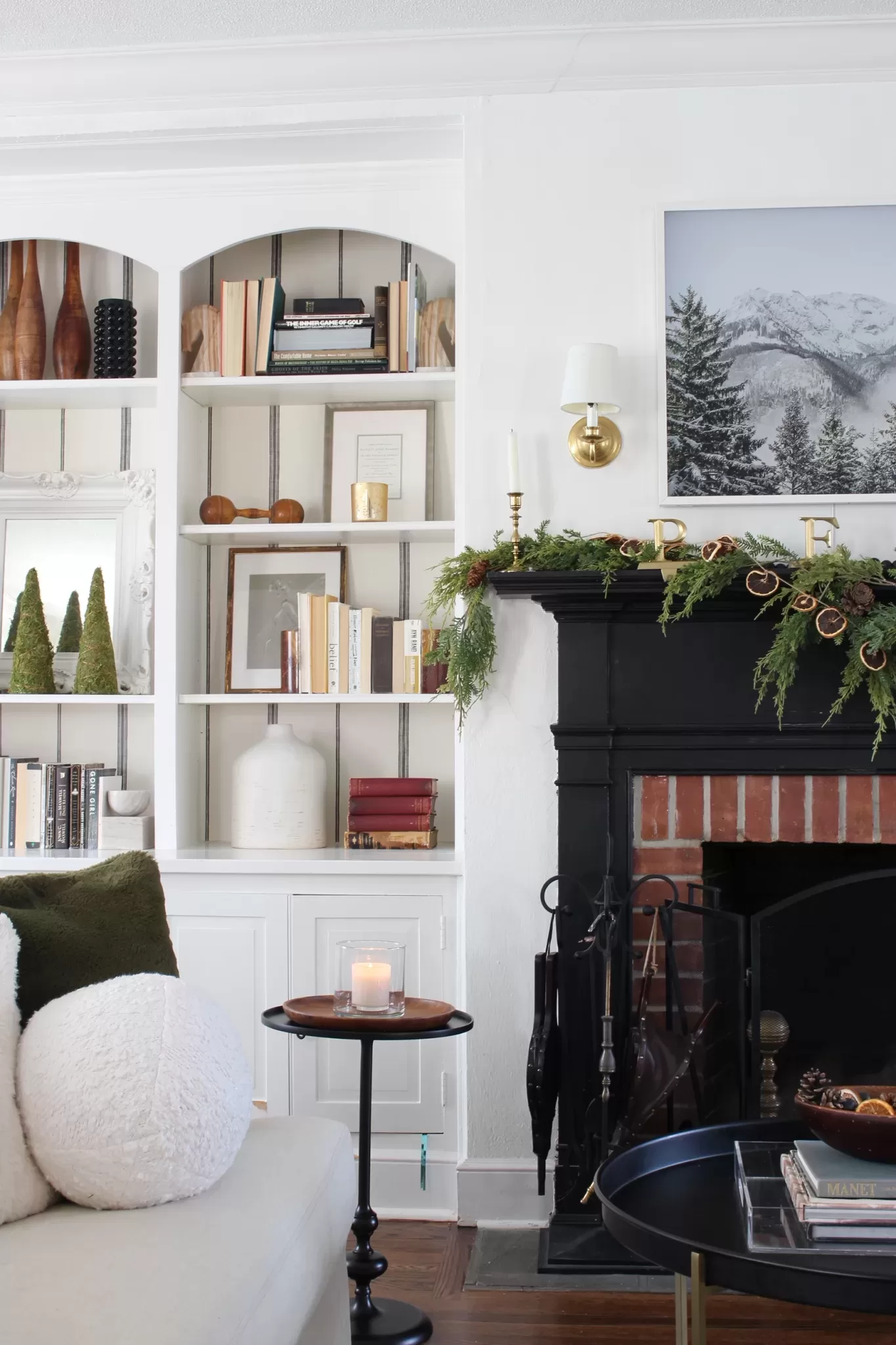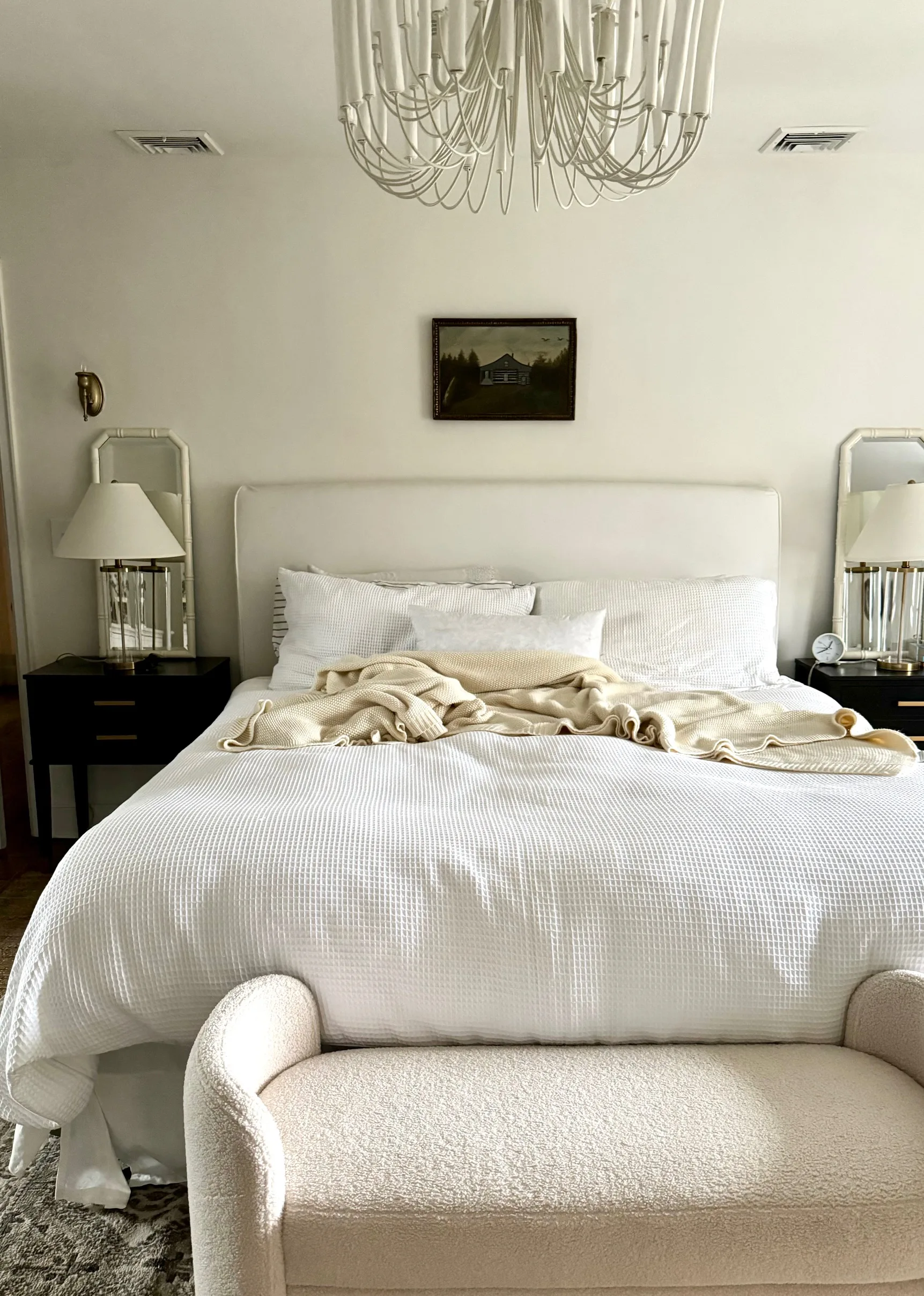Choosing An Exterior House Color: 8 Tips To Help You Narrow Down the Best Choice

When we re-sided our house last year, I found myself faced with one of those deceptively stressful adult decisions: picking an exterior house color. It sounds fun in theory—until you realize that A) it’s incredibly expensive to paint or reside your house, B) if you get it wrong, you can’t just slap on a second coat and call it a day, and C) if the color ends up being really ugly, it’s on display to the entire neighborhood.
Luckily for me, I was saved-ish by the fact that we used James Hardie fiber cement siding. While there’s an option to get the siding in a custom color, the custom colors come with custom price tags, so we ended up looking only at the stock options. Since Hardie siding is only stocked in a couple dozen colors, the shortlist kind of made itself.
Still, narrowing down an exterior paint color isn’t for the faint of heart … or anyone who hasn’t done at least a little research into what makes paints colors work (and not work), where. Over the years, I’ve picked up a few tricks for choosing the right exterior paint—some gleaned from design principles I’ve learned as an interior designer editor, others from watching my neighbors’ paint jobs unfold (and occasionally thinking, “Bold choice, Bob”). The tips below will help you zone in on a color family, work within your budget, and avoid picking a shade that looks nothing like you expected once it’s covering a few thousand square feet of siding. Let’s find your perfect match—no pressure.
8 Tips for Choosing an Exterior House Color
1. Consider the architecture of your home.

If you aren’t sure where to start when it comes to choosing an exterior paint color, consider its architecture. Certain styles of homes naturally lend themselves to bolder colors, or darker colors, while others beg for earth tones, or bright whites, or even pastels.
My house, for example, is a center-hall colonial, built in 1937. The architecture is historic and classic. Our house was white when we bought it, and ultimately, I decided to keep it white. When the project manager in charge of our siding job asked if I was sure I didn’t want to change things up a bit, my answer was “this house is a white house.” It wasn’t that white was a default decision, the house is just meant to be white.
Here are some other guidelines for choosing a paint color based on the style of your home.
- Really old colonial homes, like simple saltbox styles from the 1800s, look great in shades of red, sage, or slate blue. Many paint brands, including Benjamins Moore, have historical color palettes that are well-suited to these older homes.


- Authentic farmhouses (not the ones mass-erected in the 2010s) also look lovely in shades like red, pale yellow, medium blue, and sage green, while modern farmhouses are generally best suited to white and black.
- Victorian houses look great with either a dose of color, like butter yellow or a rich blue-gray, or a timeless white.
- In a midcentury-style ranch or split-level a deep charcoal creates a more contemporary look, while a crisp white with a brightly colored front door feels fresh and inviting.

- Rustic homes almost always look best in earth tones: tans, green, taupe, and greige.
If you live in a home without a historic reference, like a recently built home in a subdivision, it can be a little harder to narrow down a palette. There will still be subtle cues about the architectural style — most new constructions are iterations on colonials, modern farmhouses, or craftsmans. Determining which style your is and searching for inspiration images can give you a good idea of the colors that are best-suited to your exterior.
2. Evaluate your home’s existing color profile

Your home already has a color profile going on thanks to things like the roof, window casings, and and brick or stonework, so it’s important to consider how these fixed elements will interact with the paint color you choose.
Steely-gray stone might make the warm undertones in an off-white paint look yellow, for example, while cedar-colored roof shingles can highlight the blue in a cool gray. Generally, you want to aim for either warm or cool tones, so if your home’s fixed elements are cool, stick with cooler-toned paint colors and vice versa.
3. Consider your home’s context.

Another good way to narrow down paint color selections is by evaluating where your house is. What kind of site it’s on, the neighborhood, the town you live in, the view, etc. Outside of the architectural style, I find this next tip to be the most helpful in determining a good exterior paint color.
If your home is a cabin in the woods, or it’s in a beach town, or in a neighborhood that was built in the 1950s, you’ll want it to look like it belongs there. So, taking the cabin example, this might mean choosing muted or moody earth tones so the home blends in with the woods, instead of choosing a crisp white or something too colorful.
Now, if everyone on your block has a white house and you don’t like white, this doesn’t mean you need to paint your house white. I just always think it’s a nice idea to try and contribute to the overall sense of place wherever you live.
4. Consider the color your house is now.

This one is a little more obvious but worth mentioning. Like dyeing your hair, painting your house is easier when the two colors are similar. This means that, if you have a dark blue house and you want to paint it white, it’ll take more coats of paint and more labor, which makes it more expensive. If you’re on a budget, choose a paint color that isn’t too drastic of a change.
5. Consider fading & maintenance
In addition to the curb appeal your new paint color will add to your home, there are also some practical considerations. Like: fading. Because exterior paint is exposed directly to the sun, sometimes all day, it’s more prone to fading that interior paint colors. Something to think about if your house is on a sunny lot and you want to paint it a dark color.
On the other hand, if your house doesn’t get a ton of direct sunlight, it could also be prone to algae or moss growth, which is much more obvious on white walls than darker colors.
6 Know how lighting affects color
This last tip is just a general rule of thumb for exteriors: Paint colors tend to appear lighter on big, sun-exposed exteriors than they do on interior walls. Sometimes a lot lighter. So, when you’re looking at specific paint shades, make sure to grab some swatches or samples that are a few shades darker than you think you want, because those darker ones may turn out to be just right.
And finally, like I say with any paint color decision, it’s crucial to test the color in real life before you commit. Get paint samples (while I usually recommend Samplize peel-and-stick paint samples for interior paint, I think it’s better to use actual paint samples for exteriors).






